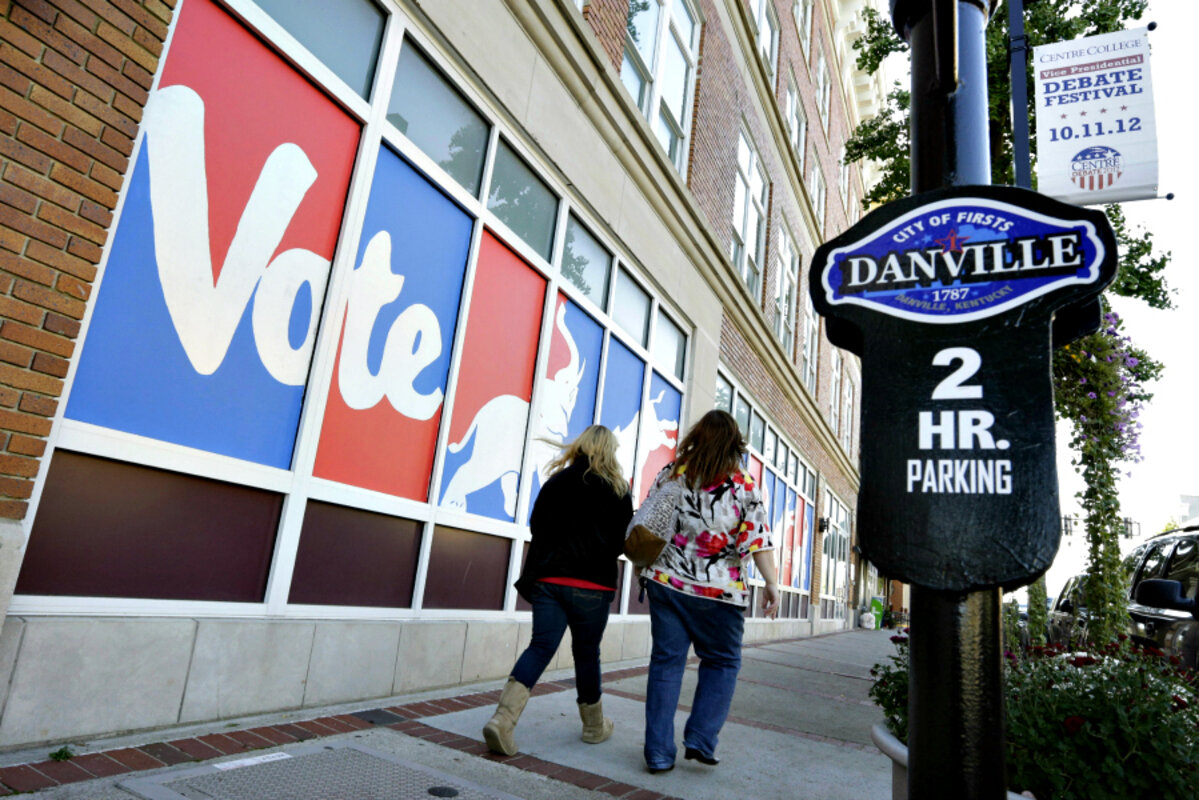This Minnesota town boosted walking by 70 percent. Here's how.
Loading...
On a gray and chilly weekday afternoon in Albert Lea, Minnesota, the new five-mile trail around Fountain Lake draws more walkers and bikers than you’d expect in a town its size.
The small downtown is filled with people walking between the bank, library, shops, churches, schools, restaurants, and—in a perfect Prairie Home Companion touch—the Sportman’s Tavern, which advertises a “cabbage roll hotdish” as the daily special.
It’s often mistakenly assumed that no one walks in small towns, except maybe from their pickup truck to the Wal-Mart entrance. But walking is more common in smaller communities than people think. In towns with populations between 10,000 and 50,000, more than are made on foot. That’s second only to “urban core” communities, according to the U.S. Department of Transportation.
Albert Lea, population 18,000, is working to prove that healthy lifestyle choices can be small town priorities.
“We’re not a resort town or a college town,” explained former City Councilwoman Ellen Kehr. “We’re an ag-based rural city promoting healthy living because it’s the right thing to do and it’s how we want to live and want our children to live.”
In 2009, Albert Lea adopted a communitywide approach to wellness laid out in Dan Buettner’s best-selling book Blues Zones. In the book, he examines the places around the world where people live the longest and healthiest lives. “The idea is to make the healthy choice the easy choice,” Buettner said.
So how did Albert Lea get more people walking in a rural region where driving is deeply embedded in the fabric of everyday life? The program consisted of three main steps:
1. Creating a public education campaign
The program generated a communitywide campaign around the importance of physical activity. Local businesses, schools, public agencies, the media, and citizens were asked to continually reinforce the idea that people should get outside and walk. “It has reconnected our community in a way that I never thought possible,” notes Randy Kehr, the executive director of Albert Lea’s chamber of commerce. “Sociability is as important to health as exercise and eating.”
2. Organizing social groups to walk or bike regularly
Residents were encouraged to create informal exercise groups. Planning activities with other people can add extra incentive and accountability, making it easier to get off the couch. Albert Lea’s residents formed about 30 different walking and biking groups that met three to seven times a week during the program. About half of those groups are still going strong five years later.
3. Making public spaces more appealing for pedestrians
Albert Lea’s downtown area was made more walkable by eliminating unnecessary street lanes, widening sidewalks, restoring diagonal parking, replacing some stoplights with stop signs, and extending sidewalks at intersections to shorten the crossing distance on busy streets. Sidewalks were added to more than six miles of city streets in areas near schools, senior centers, and businesses. And the city built a new bikeway that connected a nearby state park to Albert Lea’s downtown and commercial district.
Around one-quarter of adults in Albert Lea were involved in the Blue Zones project, along with half of local workplaces, and nearly all kids in grades three through eight. According to the National Vitality Project, in Albert Lea by 70 percent and bicycling by 74 percent in the past five years. Buettner reports that residents who participated in the program together lost nearly 8,000 pounds.
City Councilmen Al Brooks, who now walks two and a half miles every day, credits the campaign with big improvements to his own health. “When I started four years ago, I had high cholesterol and high blood pressure,” he said. “Now my cholesterol is lower, my blood pressure is 116/70, and I lost 15 pounds.”
"Small towns can reinvent themselves as places faster than big towns,” says Dan Burden, . Burden helped map out Albert Lea’s original strategies in 2009. He’s also the former bicycle and pedestrian coordinator for the state of Florida, and has brought innovative ideas on walkability to thousands of communities.
“When I first came into Albert Lea, I’ll be honest, it looked like the downtown was closed,” he said to a room of local officials in Albert Lea’s City Hall. “There were businesses but there was no life in the streets. That’s changed now.”
• Jay Walljasper wrote this article for��. Jay writes, speaks, and consults about how to create more healthy, happy, enjoyable communities. He is the author of the Great Neighborhood Book. His website:����
• originally appeared at , a national, nonprofit media organization that fuses powerful ideas with practical actions.




